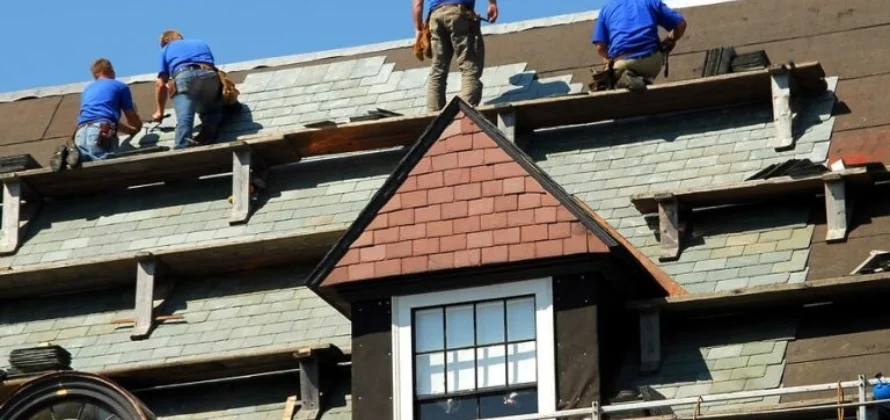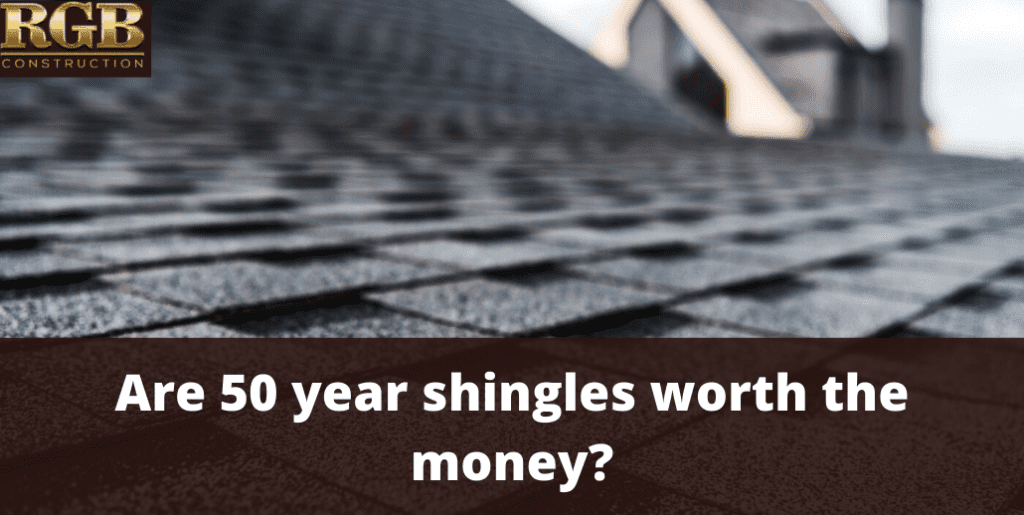When it comes to investing in your home, choosing the right roofing materials is crucial. With so many options available, it can be hard to navigate through the sea of choices. One popular option that often piques homeowners’ interest is 50-year shingles. But the burning question remains: do they truly have a lifespan of 50 years? In this article, we will explore the durability and longevity of 50-year shingles, shedding light on whether they can uphold their impressive reputation. Get ready for some surprising discoveries!
Factors Affecting the Lifespan of 50-Year Shingles
When it comes to the lifespan of 50-year shingles, several factors can influence how long they actually last. Understanding these factors can help you make informed decisions when it comes to choosing the right shingles, ensuring proper installation, and maintaining your roof.
Quality of Materials
The quality of materials used in the manufacturing of shingles can have a significant impact on their lifespan. Different types of shingles, such as asphalt, metal, or cedar shake, can vary in durability and longevity. It’s important to research and choose high-quality shingles that are known to withstand the test of time.
Another aspect of material quality is the manufacturer. Different manufacturers may have varying levels of quality control and production standards. Look for reputable manufacturers that have a proven track record of producing durable and long-lasting shingles.
Additionally, warranty coverage can also give you insights into the quality of materials. A comprehensive warranty from a reputable manufacturer may indicate that the materials used in their shingles are of high quality and built to last.
Installation
Proper installation is crucial to maximizing the lifespan of your 50-year shingles. Even the highest-quality materials won’t perform well if they are not installed correctly. Hiring a professional roofer who has experience and expertise in installing the specific type of shingles you’ve chosen is highly recommended.
It’s important to follow the manufacturer’s instructions during the installation process. These instructions are designed to ensure that the shingles are installed in the correct manner, allowing them to perform as intended. Deviating from these instructions could lead to premature shingle failure and a shortened lifespan.
Proper ventilation is also key to the longevity of your shingles. Adequate ventilation helps to regulate temperature and moisture levels, preventing conditions that could lead to shingle deterioration. Ensure that your roof has proper ventilation according to industry standards to optimize the lifespan of your 50-year shingles.

Climate
The climate in which your home is located can greatly impact the lifespan of your shingles. Extreme temperatures, high winds, heavy rainfall, hail, and snow are all elements that can put additional stress on your roof and its shingles.
Extreme temperatures, especially prolonged periods of intense heat or extreme cold, can cause shingles to expand and contract. This continuous movement can lead to cracking, warping, and other forms of shingle deterioration.
High winds can lift and dislodge shingles, leaving your roof vulnerable to water damage and further degradation. Heavy rainfall can also lead to water pooling on your roof, potentially causing leaks and accelerating shingle deterioration.
Hail and snow can cause physical damage to your shingles, such as cracking, denting, or granule loss. This damage weakens the shingles and reduces their lifespan.
Considering the climate in your area when choosing 50-year shingles and ensuring that they are properly installed and maintained can help them withstand the unique challenges posed by your specific climate.
Maintenance
Proper maintenance is essential to extending the lifespan of any type of roof, including 50-year shingles. Regular inspections should be conducted to identify any signs of shingle deterioration or damage. These inspections can be done by homeowners or hired professionals who specialize in roof maintenance.
Cleaning debris, such as leaves, twigs, or moss, from your roof is crucial to prevent moisture buildup and the growth of algae or moss. Excessive moisture can lead to shingle deterioration and the formation of leaks.
Repairing any damages promptly is also vital to maintain the integrity of your shingles. Small issues, such as loose or missing shingles, should be addressed as soon as possible to prevent further damage and ensure the longevity of your roof.

Roof Design
The design of your roof can also impact the lifespan of your 50-year shingles. Factors such as the pitch, orientation, and proper drainage all play a role in maintaining the health and durability of your shingles.
The pitch of your roof affects how water and debris flow off the surface. A steep pitch helps water and debris to slide off easily, preventing water pooling and the accumulation of debris that can lead to shingle damage. An improper pitch can lead to water stagnation and increased shingle wear and tear.
The orientation of your roof in relation to the sun and prevailing winds can also impact the lifespan of your shingles. A south-facing roof may experience more sun exposure, which can accelerate shingle deterioration. Similarly, roofs that are exposed to strong prevailing winds may experience more shingle damage compared to roofs shielded from the wind.
Proper drainage is essential to prevent water from pooling on your roof. Water accumulation can lead to leaks and shingle deterioration. Ensuring that your roof has a well-designed drainage system, such as gutters and downspouts, can help protect your shingles and extend their lifespan.
Signs of Shingle Deterioration
Monitoring your 50-year shingles for signs of deterioration is essential to catch any issues early and prevent further damage. Here are some common signs to look out for:
- Curling or buckling shingles indicate that the shingles are losing their shape and integrity.
- Missing or damaged shingles leave your roof vulnerable to leaks and further damage.
- Granule loss, where the shingles’ protective layer of granules becomes visibly diminished, can indicate aging and wear.
- Algae or moss growth can trap moisture and lead to shingle deterioration.
- Leaks are an obvious sign of shingle damage and should be addressed promptly to prevent further issues.

Common Causes of Shingle Failure
Understanding the common causes of shingle failure can help you take proactive measures to prevent premature shingle deterioration. The following factors can contribute to shingle failure:
- Age: As shingles age, they naturally become more susceptible to wear and tear, leading to decreased performance and lifespan.
- Poor Installation: Improper installation can compromise the integrity of shingles and shorten their lifespan.
- Harsh Climate: Extreme weather conditions can put additional stress on shingles, leading to accelerated deterioration.
- Insufficient Maintenance: Neglecting regular inspections and necessary repairs can result in shingle failure and leaks.
Warranty Coverage
When purchasing 50-year shingles, it’s important to understand the terms of the warranty coverage. The warranty can provide reassurance and protection in case of premature shingle failure. Here are some key points to consider:
- Understanding the terms of the warranty ensures that you know what is covered, what is excluded, and any requirements or limitations.
- Prorated warranties may offer diminishing coverage over time, so it’s important to consider the duration and percentage of coverage at different stages.
- Transferability allows the warranty to be transferred to a subsequent homeowner, adding value to your property.

Tips to Extend the Lifespan of 50-Year Shingles
While 50-year shingles are designed to last a long time, proper care and maintenance can help maximize their lifespan. Here are some tips to consider:
- Choose high-quality shingles from reputable manufacturers known for their durability.
- Hire a professional roofer with experience in the installation of the specific shingles you’ve chosen.
- Maintain regular inspections to catch any signs of deterioration early.
- Perform necessary repairs promptly to prevent further damage.
- Keep your gutters clear from debris to allow proper water drainage.
- Manage moisture levels on your roof by addressing any signs of algae or moss growth.
By following these tips and considering the various factors that influence the lifespan of 50-year shingles, you can ensure that your roof remains in optimal condition for years to come. Remember to consult with professionals and adhere to proper maintenance practices to prolong the life of your shingles and protect your investment.